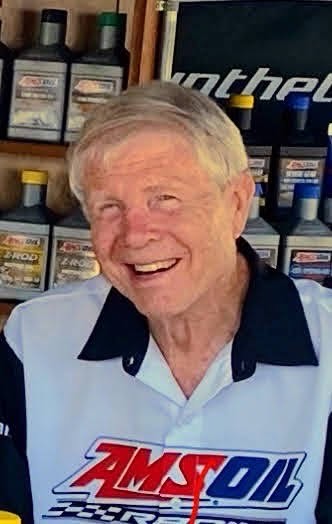GM – Revolutionary Power
Our Muscle Car Mania series highlights some of the most iconic muscle cars in history. This month, we’re talking General Motors.*
Back in 1954, Chevrolet* chief engineer Ed Cole from GM was tasked with creating a new engine to power the 1955 model-year Corvette.* Little did Cole and his team know that the 265 cubic-inch V8 they’d build would become the most successful, widely used engine in history. Without it, we wouldn’t have staples like the 283, the 327 and the 350 engines of the muscle-car era. The fundamental engine design of the 265 is still being used to this day in modern variants of the Corvette, Camaro* and other vehicle models.
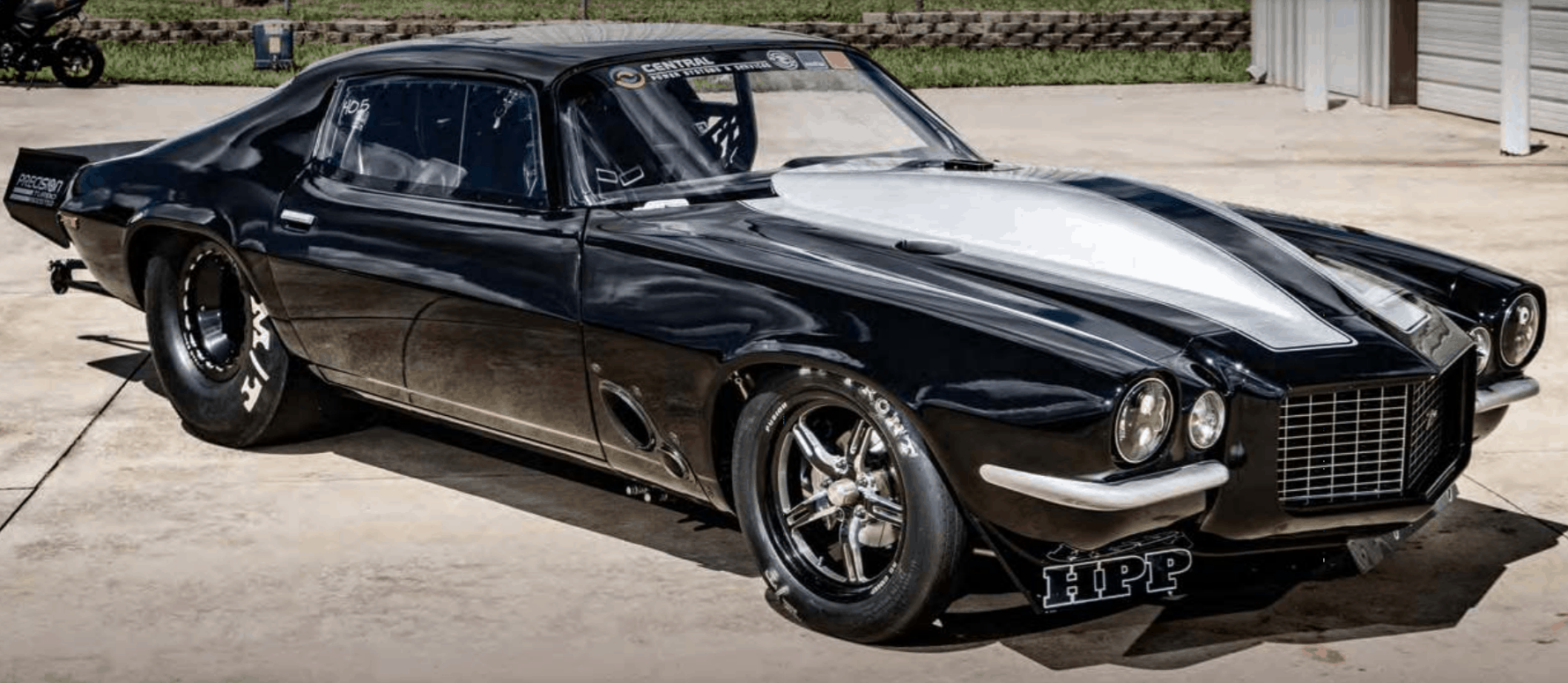
Chevy receives credit for the small block V8, but GM divisions Buick,* Oldsmobile* and Pontiac* also made their way well into muscle-car history. Buick had the Nailhead* engine, named after the relatively small heads on the valve stems. This style was used from the mid-'50s to the mid-'60s and went from 264 cubic inches all the way up to 425 by 1966. Some of those notable models were the Riviera,* the Wildcat* and the Electra.* Around this time, Buick also introduced a 350 cubic-inch small block V8 that differed from the Chevy version and was typically found in Skylark GS* models. Then, in 1967, Buick rolled out its first big-block V8 which would eventually become the popular 455 by 1970.
Oldsmobile was also getting in on the action in 1964 by introducing the 4-4-2 package option on its Cutlass* models. The “4-4-2” name originates from the four-barrel carburetor, four-speed transmission and dual exhaust that the original car had in 1964. By 1970, the 4-4-2 would also have a 455 cubic-inch option.
Another contender in the race for more horsepower in 1964 was Pontiac and its offering of the GTO* package in the LeMans* model. With all the bells and whistles, this package could get you the highest rated 389 cubic-inch V8 with “TriPower” (three two-barrel carburetors) that pumped out 348 hp. The GTO would become its own model in 1966 and, like Buick and Oldsmobile, would eventually receive the 455 cubic-inch engine treatment by 1970.
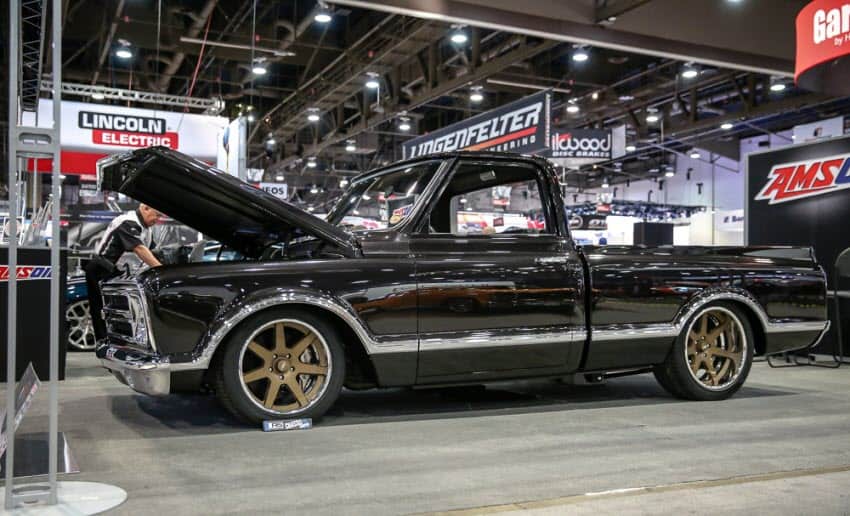
In the mid-'60s, GM’s Chevrolet division made plans to develop a pony car to compete with the popular Ford* Mustang.* In 1966, the Chevy Camaro debuted. Its first-year V8 engine options would be 302, 327, 350 and 396 cubic inches. In addition, the SS (Super Sport),* RS (Rally Sport)* and Z/28* packages were available to offer further visual and mechanical varieties.
For people seeking performance in a mid-sized car, Chevrolet offered the Chevelle.* Introduced in 1964, it was one of the best-selling models GM produced. With options like the SS 396 and 454, the Chevelle held its own and then some in the muscle car market. For those interested in top-of-the-line performance, Chevy made a step up with the Corvette. Its production began as a modest “sports car” for the 1953 model year, but the following years led it on the path for more serious power. By 1966, its 427 big-block engine was producing up to 435 hp. The popular 454 big block rolled out in 1970, but this would be the peak for power in the Chevy Corvette, as lower-leaded fuels and emissions regulations of the '70s required a drop in its engine output.
The Resurgence
After the 1970s, “true” muscle cars seemed to go extinct. The familiar models were still there (Chevelle, Camaro, Corvette, etc.), but the high-performance numbers and engine displacements of the original muscle-car era decreased more every year. That began to change in 2005, when Ford brought back its “retro” Mustang with design cues from its original models of the '60s. A muscle-car resurgence started gaining traction. Dodge* soon followed suit with the revamped Challenger.* But while Chevrolet still had the Corvette model, the Camaro hadn’t been produced since 2002. It was time for a GM muscle-car revival.
In 2006, Chevy unveiled its Camaro concept at the North American International Auto Show and received critical acclaim. The company announced production of its awardwinning concept for the 2010 model year. The returning Camaro SS* would come equipped with a 6.2L LS-based small block producing 426 hp. Around the same time, the Corvette Z06* came out with the largest-displacement small block ever produced, a 7.0L V8 creating 505 hp and 470 lb.- ft. of torque. This would be known as the LS7.*
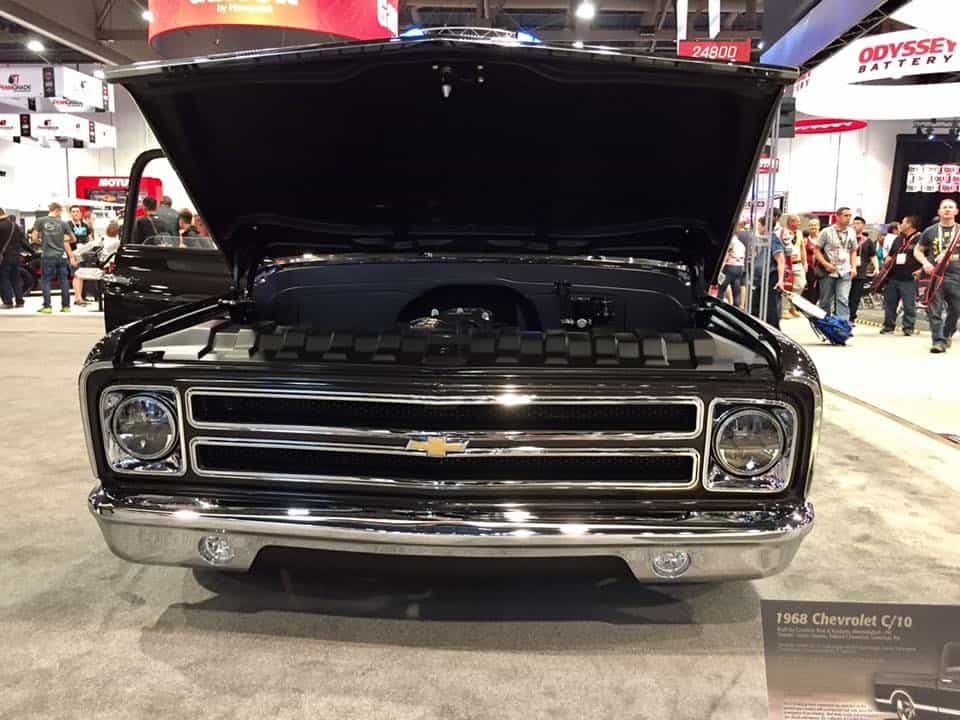
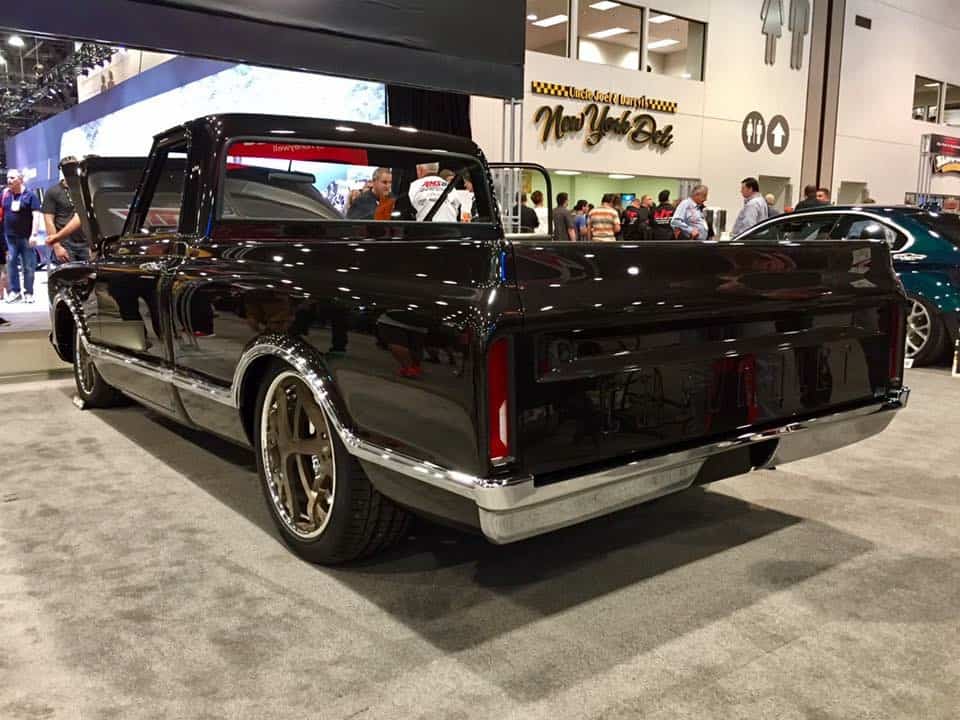
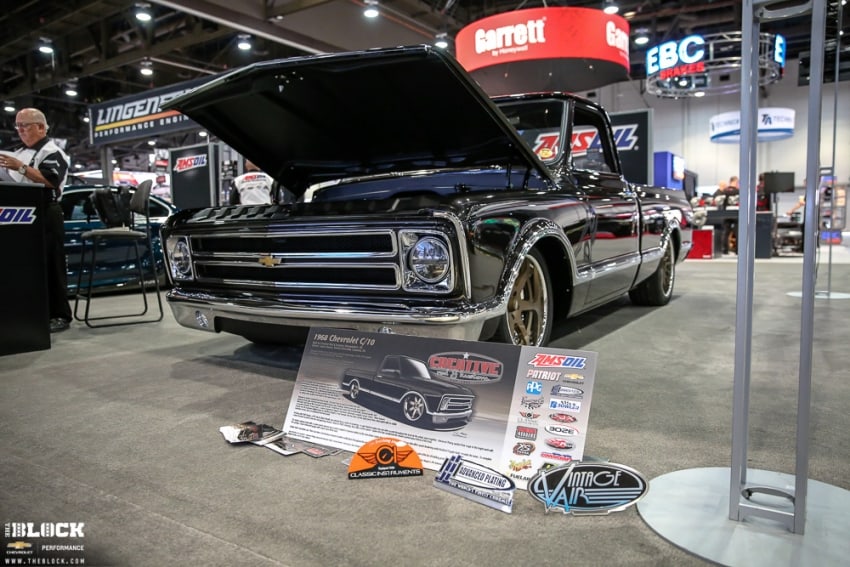
Just like the muscle-car era years ago, horsepower ratings have begun to climb. Modern Camaros and Corvettes are now pushing out more power than ever. A Camaro ZL1* package with a supercharged 6.2L LT4* boasts 650 hp and 650 lb.-ft. of pavement-peeling torque, and can go from 0-60 mph in 3.7 seconds. If that seems impressive, the all-new mid-engine Corvette can achieve the same feat in 2.9 seconds. Plus, it’s got a top speed of 194 mph. It’s no secret that extra horsepower puts additional stress and pressure on the lubricants needed to protect them. AMSOIL products are up for the challenge. Our motor oils are engineered to meet the increasing demands of these high-performance vehicles and ensure they keep producing power for years to come.
FOR EARLY MODEL GM MUSCLE CARS:
- Specially engineered for classic and high-performance vehicles
- High-zinc formulation to prevent wear on flat-tappet camshafts and other critical engine components
- Proprietary blend of rust and corrosion inhibitors for added protection during long-term storage.
DOMINATOR® Octane Boost is an excellent lead substitute at the same treat rates in collector automobiles designed for leaded gasoline.
- Reduces engine knock
- Improves ignition and engine response
- Helps fuel burn cleaner
- Inhibits corrosion
- Recommended for racing use
FOR MODERN GM MUSCLE CARS:
Signature Series 5W-30 Synthetic Motor Oil Signature Series 0W-40 Synthetic Motor Oil (2019-present LT1, LT2 and LT4 engines)
- 75 percent more wear protection
- 100 percent protection from LSPI
- 50 percent more cleaning power
- Ideal for turbos & direct injection
- Guaranteed protection for up to 25,000 miles (40,200 km) or 1 year, whichever comes first
Become a Preferred Customer or Catalog Customer
In about five minutes, we can set you up with whichever account gives you the greatest benefits.
Whatever your comments, suggestions or questions,
we welcome you to Contact Us!
The best ways to reach us are via our Contact Us page, or by calling us toll free at
1-800-581-5823 between 8 am and 9 pm CST Monday through Saturday.
You are welcome to 'Like" us on Facebook where we share news about our AMSOIL products and customers.
Please follow us on our LinkedIn Company Page for news as well.
If you're on Twitter, you'll find us at @vaughn_inc
You're welcome to follow our AMSOIL product news bites there as well.
Remember, the best way for you to reach us is via the contact us page on this website or by calling toll free 1-800-581-5823 between 8 am and 9 pm CST Monday through Saturday.
Whatever your interest we welcome your inquiry!

